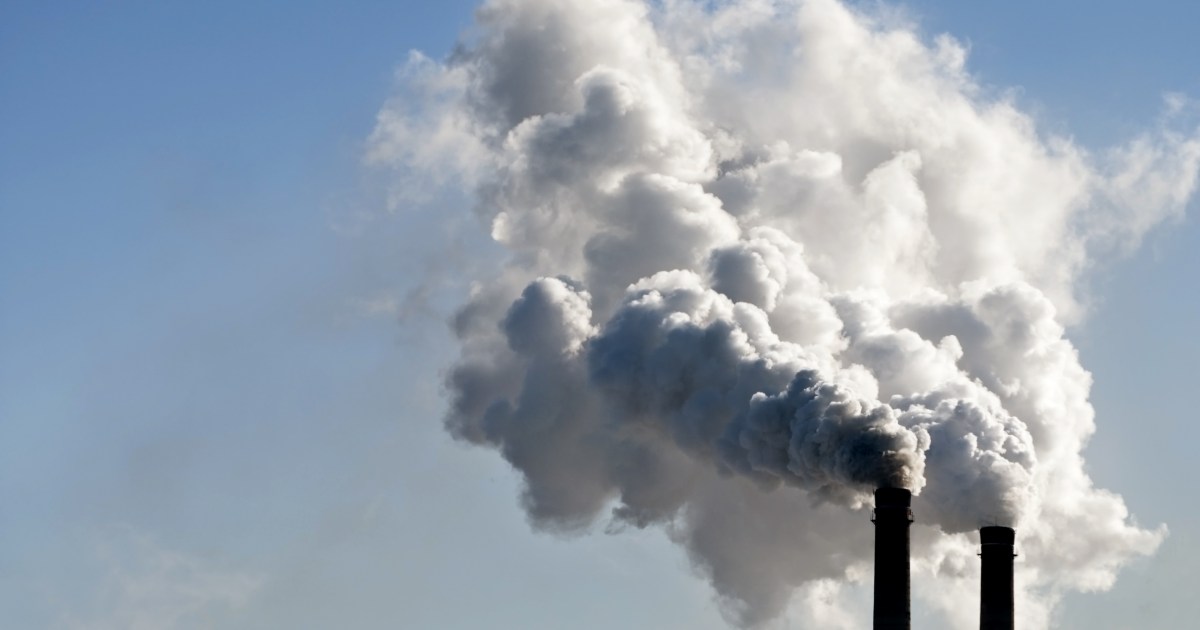Earlier this month, scientists at the National Ignition Facility of the Lawrence Livermore Laboratory (LLL) in the US announced a “major scientific breakthrough” in nuclear fusion. Nuclear fusion technology is a less evolved but more promising pathway to clean energy than nuclear fission. Fission is a reaction in which the nucleus of an atom splits into smaller nuclei in such a way that a large amount of energy is released. This happens when heavy elements like uranium and plutonium split. In an opposite way, fusion is a reaction in which two or more atomic nuclei are combined in such a way that there is a release of energy. This typically happens when light elements combine in an ‘exothermic’ reaction. The periodic table of elements splits at about nickel (atomic weight 62); lighter elements are more ‘fusible’ and combine to release energy, while heavier elements are more ‘fissionable’ and split to release energy.
The science and subsequent technology of nuclear fission began with the discovery of uranium in 1789 by Martin Klaproth, a German chemist. William Rontgen discovered ionising radiation (x-rays) a century later and Pierre and Marrie Curie gave the name ‘radioactivity’ to the phenomenon of decay with energy release. The great experimental physicist Ernest Rutherford demonstrated radioactivity and performed the first artificially induced nuclear reaction in 1917. Rutherford established the nuclear structure of the atom and radioactive decay as a nuclear process. The use of the term ‘fission’ and experimental calculation of the energy released were first made by German physicists Lise Meitner and Otto Frisch, working under Niels Bohr, in 1939. This provided empirical proof of Einstein’s theoretical work on mass energy equivalence first proposed in 1905. Rapid strides were made during and after World War II, first to develop fission bombs and then to adapt fission for civilian nuclear technology. Since that time, much effort has gone into making nuclear reactors safe and reliable.
The history of nuclear fusion has a different arc. While hydrogen had been produced for many centuries, it was only identified as an element by Henry Cavendish in 1766. Helium was discovered a century later by Jules Janssen and Norman Lockyer. It was not until 1920 that Arthur Eddington, an astrophysicist, suggested that hydrogen-helium fusion could be the source of stellar energy. While fusion was achieved in the operation of the first hydrogen bomb in 1952, sustained and controlled fusion with a positive energy yield had not been demonstrated until the recent success of the LLL experiment.
Similar to fission, Einstein’s mass energy equivalence provides the theoretical framework for fusion as well.
Fusion can involve many different elements that are light. Scientists are currently focusing on the deuterium-tritium (DT) fusion reaction (both are heavy isotopes of hydrogen). Scientists at the LLL targeted 192 laser beams on a DT target smaller than the size of a pea. The resulting strike generated helium gas, neutrons and large amounts of energy. The significance of the recent announcement is that for the first time, more energy was produced from the fusion reaction than went into the lasers used to power the reaction. The experiment produced 3.15 megajoules of energy relative to the 2.05 megajoules of energy expended for the lasers, an efficiency ratio of 1.5 times. Scientists at LLL are confident of 4- or 5-times conversion ratio from a similar reaction within a few years.
Nuclear fusion releases nearly four million times more energy than coal, oil or gas, by fuel weight, and four times as much as fission technology. Fusion can be generated from ubiquitous sources, be extremely efficient and clean, and leave no radioactive residue. Despite that promise, self-sustaining, positive net-energy fusion technology has proved to be difficult to engineer until now. In addition to the LLL announcement, 2022 has been a landmark year for fusion technology developments. In January this year, China’s EAST reactor established a record-breaking sustained reaction of 17 minutes. Soon thereafter, UK scientists at the Joint European Torus (JET) laboratory announced that they had generated a record breaking 59 megajoules of sustained fusion energy.
Even though there has been significant progress, international collaboration will be required to surmount continuing practical challenges. India joined the US, UK, EU, Japan and Russia in a consortium to establish ITER, a collaborative international project to develop fusion for peaceful purposes. In continuation, 35 nations, including India, are collaborating to build the world’s largest tokamak, a magnetic fusion device capable of demonstrating the feasibility and scaling of nuclear fusion. India’s own attempt at an experimental fusion reactor continues with the SST-2 tokomak at the Institute of Plasma Research in Gujarat.
India is not endowed with required resources either for hydrocarbon energy or nuclear fission-based energy. Recent advancements in the science and technology of nuclear fusion should accelerate our interest and investment in fusion. India’s declared net-zero goal in 2070 allows us enough time for fusion to become a practical and preferred complement to renewables.
P.S: “The human race is an example of what hydrogen atoms can do, given 15 billion years of cosmic evolution,” said Astrophysicist Carl Sagan.
Narayan Ramachandran is chairman, InKlude Labs. Read Narayan’s Mint columns at www.livemint.com/avisiblehand
Download The Mint News App to get Daily Market Updates.
More
Less















